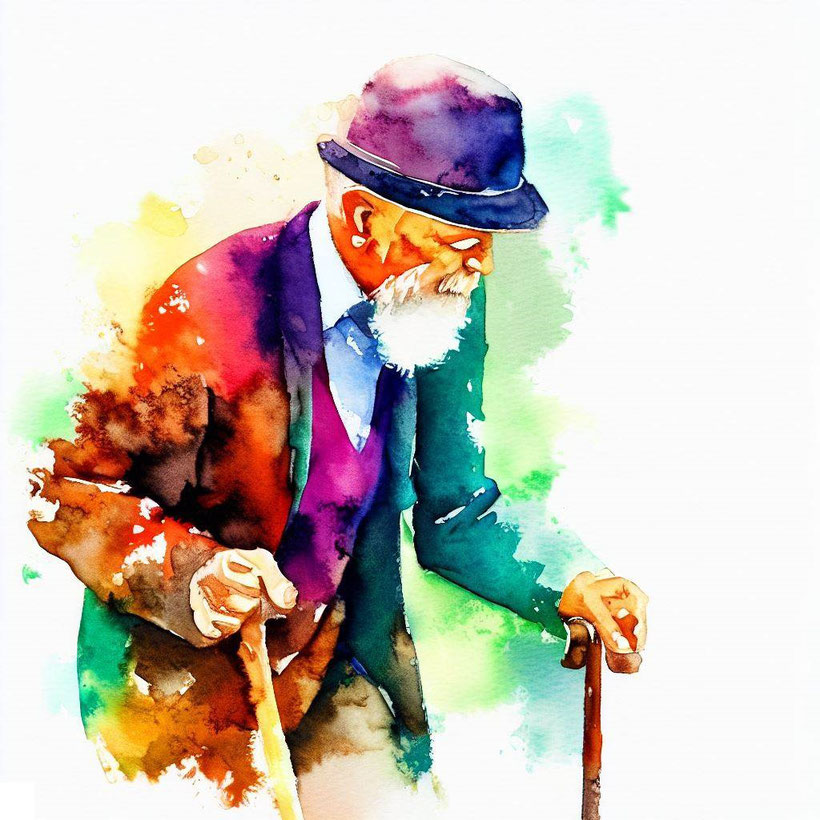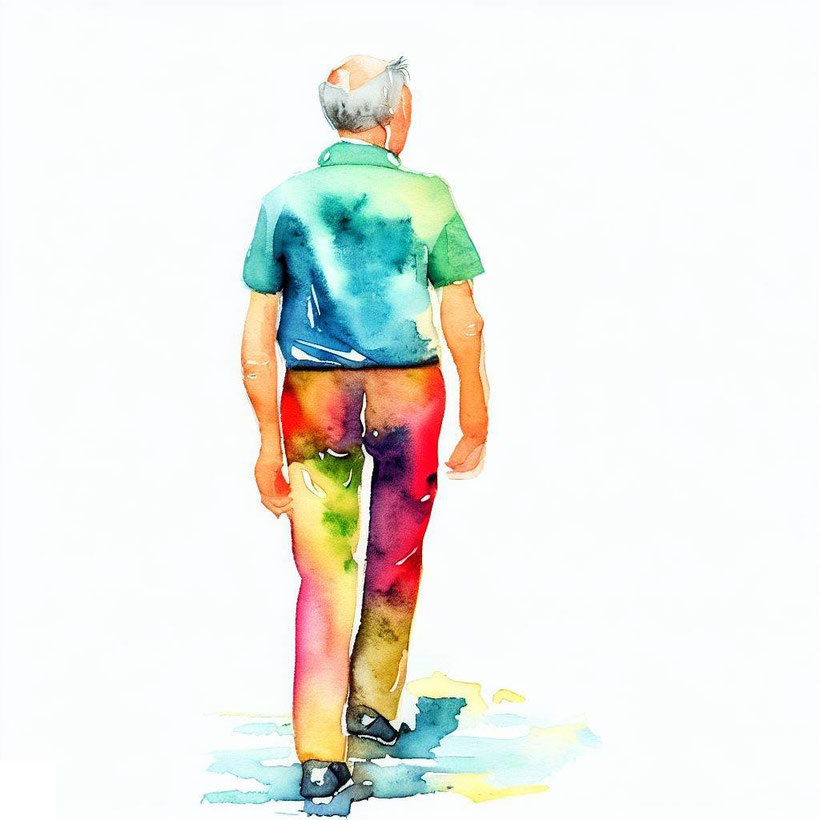Introduction
Stroke is a life-altering event that can leave individuals with physical and cognitive challenges. Rehabilitation plays a vital role in helping stroke survivors regain independence and improve their quality of life. In addition to conventional therapies, the Alexander Technique offers a unique and effective approach to stroke rehabilitation. This blog post explores how the Alexander Technique can assist in the recovery process, promoting body awareness, movement re-education, and overall well-being for stroke survivors.

Understanding the Alexander Technique
The Alexander Technique is an educational method developed by F. Matthias Alexander in the late 19th century. It focuses on improving body awareness, posture, and movement coordination. By teaching individuals to release muscular tension and adopt more efficient movement patterns, the technique aims to restore balance and coordination, leading to enhanced physical and mental functioning.
Alexander suffered a stroke himself in 1947 at the age of 78 that left him in a coma for 12 hours and partially paralyzed his left side. His subsequent recovery through his technique, and resumption of his working life, was a surprise to his medical friends. He continued working until his death at the age of 86.
This extract from Michael Bloch's biography on Alexander adds a little more insight:
"...he made a remarkable recovery. On 19 January 1948 he wrote in a steady hand to Irene Tasker, thanking her for good wishes on his seventy-ninth birthday. 'Yes, thank you, I am much better. McDonagh says the recovery ... is the most remarkable he has ever known from such serious trouble. He is also of the opinion that with rest and complete freedom from worry etc. I can in time regain my old condition of well-being.'
...his recovery was remarkable. By the spring of 1948, he had resumed his work with the students of the training course; by the autumn, he was back to his normal routine of teaching. Alarmed at the speed of his recuperation, his physician McDonagh begged him not to over-exert himself, to remain calm at all times, and to moderate his former intake of wine and cigars - advice which F.M. had no difficulty putting into effect thanks to his mastery of 'inhibition'. A year after he had been struck down, there was little to show that he had undergone the experience except for a slight weakness on the left side of his body and face ... His retreat from the grave was an impressive tribute to his mastery of his own principles."
Benefits of the Alexander Technique for Stroke Rehabilitation
- Body Awareness and Mind-Body Connection: Stroke survivors often experience challenges in body perception and spatial awareness due to brain damage. The Alexander Technique helps individuals develop a heightened sense of body awareness, fostering a stronger mind-body connection. By paying attention to subtle sensations and movements, stroke survivors can regain a sense of control over their bodies and facilitate the recovery process.
- Posture and Balance Improvement: Stroke can disrupt balance and coordination, leading to challenges in maintaining an upright posture. The Alexander Technique emphasizes correct alignment, release of unnecessary tension, and efficient use of the musculoskeletal system. By learning to optimize posture and balance, stroke survivors can enhance their stability, reduce the risk of falls, and regain confidence in daily activities.
- Movement Re-Education: Stroke often affects motor control, resulting in altered movement patterns. The Alexander Technique promotes re-education of movement by helping stroke survivors identify and change inefficient habits. With the guidance of a qualified Alexander Technique teacher, individuals can learn to move with greater ease, efficiency, and reduced effort, facilitating the reacquisition of motor skills and promoting functional independence.
- Reduction of Muscle Tension and Pain: Muscle stiffness, spasticity, and pain are common challenges faced by stroke survivors. The Alexander Technique teaches individuals to release unnecessary muscular tension, promoting relaxation and improved comfort. By letting go of excessive tension, stroke survivors may experience reduced pain levels and enhanced physical well-being.
- Emotional and Psychological Well-being: Stroke recovery can be emotionally and psychologically challenging. The Alexander Technique emphasizes mindfulness and present-moment awareness, fostering a positive mindset and emotional resilience. By focusing on the process of learning and self-discovery, stroke survivors can cultivate a sense of self-empowerment and improve their overall emotional well-being.
Incorporating the Alexander Technique into Stroke Rehabilitation
To incorporate the Alexander Technique into stroke rehabilitation, it is essential to work with a qualified Alexander Technique teacher. These teachers can provide personalized instruction, hands-on guidance, and verbal cues tailored to individual needs.
Alexander Technique sessions typically involve gentle movements, hands-on guidance, and verbal instructions to help stroke survivors become aware of their movement patterns and release unnecessary tension. The technique can be applied to everyday activities such as sitting, standing, walking, and performing specific functional tasks, allowing stroke survivors to integrate the principles into their daily lives.
Roanne Weisman is an award-winning medical/science author of seven trade health books published by McGraw Hill, Harvard Medical School, and Health Communications, Inc. Here she talks about her recovery from a stroke using the Alexander Technique:
Conclusion
Stroke rehabilitation is a complex and multifaceted process, and the Alexander Technique offers a valuable approach to support and enhance recovery. By promoting body awareness, movement re-education, posture and balance improvement, and reduction of muscle tension, stroke survivors can unlock their potential for recovery and regain a sense of control over their bodies. The Alexander Technique, when integrated with conventional therapies, provides a holistic and empowering pathway toward rehabilitation and a higher quality of life for stroke survivors.


Write a comment